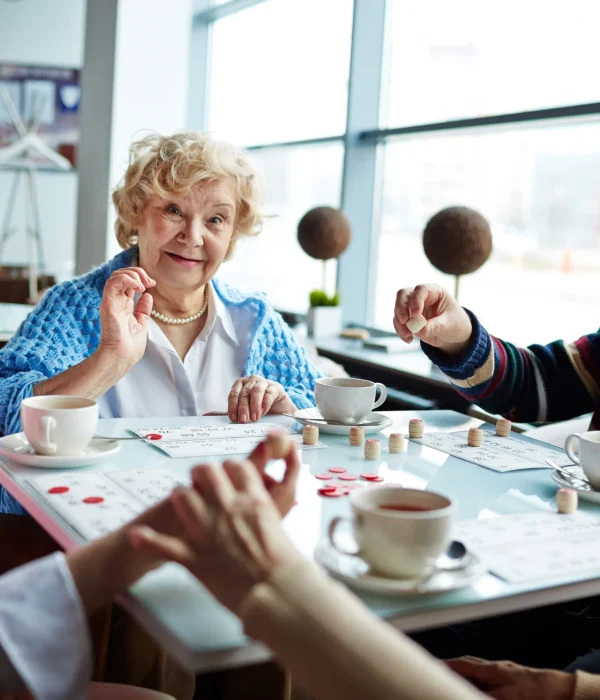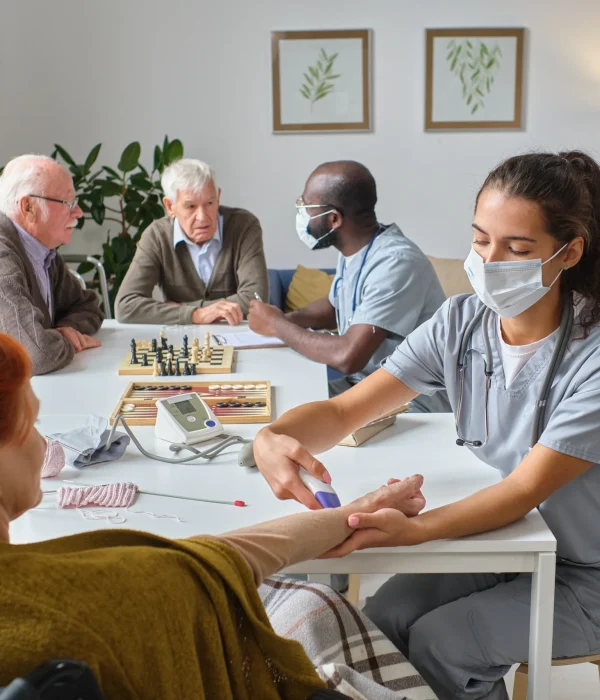Physical Disability
Identify
Recognizing physical disabilities involves understanding limitations in mobility, dexterity, sensory perception, or stamina that impact daily activities. Signs may include difficulty walking, using stairs, or performing tasks that require fine motor skills, as well as reliance on mobility aids such as wheelchairs or canes.
Importance
Addressing physical disabilities is vital as it ensures equitable access to opportunities, facilities, and services for individuals with diverse needs. By removing barriers and providing accommodations, society can empower people with physical disabilities to participate fully in all aspects of life and realize their potential.
How to care
Providing care for individuals with physical disabilities requires compassion, respect, and sensitivity. It involves adapting environments, offering assistive devices, and promoting independence while offering support as needed. Building inclusive communities that value diversity and prioritize accessibility is essential for fostering inclusion and empowerment.
Get Help
Seeking support for physical disabilities involves connecting with healthcare professionals, rehabilitation services, and disability advocacy organizations. These resources can provide medical treatment, assistive technology, therapy, and guidance on navigating challenges related to mobility, communication, and daily living. Additionally, fostering social connections and peer support networks can offer encouragement, validation, and solidarity for individuals living with physical disabilities.
Previous slide
Next slide








